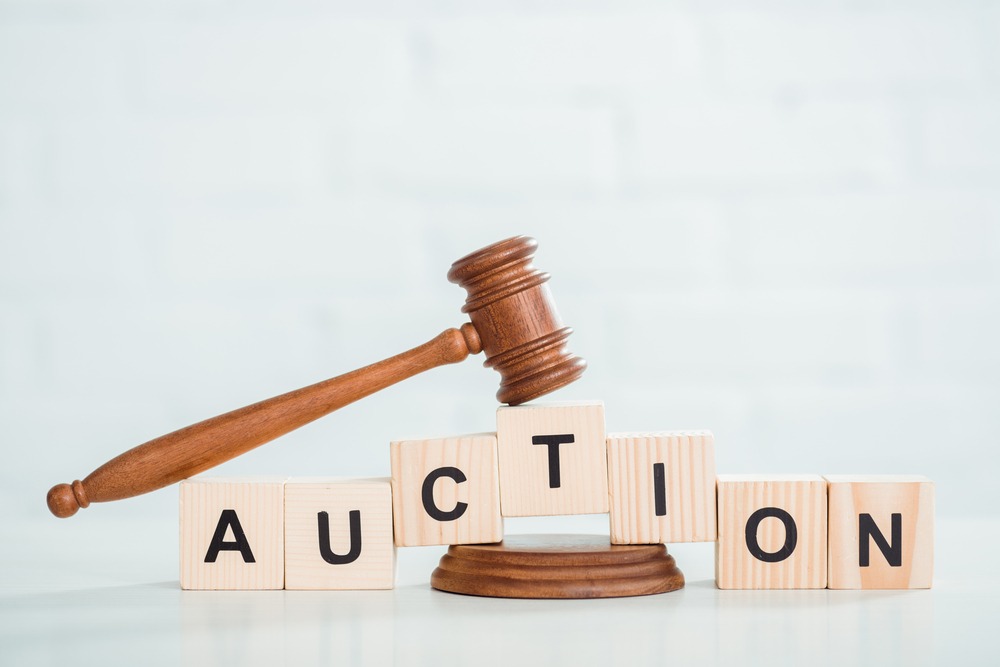If you’re planning an auction of any kind, whether live, silent or online, the items you solicit are the most integral component.
You want items that are going to resonate with your audience. In order to get started, you must know your targeted audience. You need to make sure these are items that won’t just personally appeal to them but will be in the correct budget zone.
What tends to be the case across the board in most charity auctions is that experiential items get the most money. This can include things like trips, packages, event tickets, or behind-the-scenes passes.
Beyond those considerations, the following are some tips to help you solicit items for a charity auction that will be high-value and will get your attendees and bidders excited and engaged.
You want to convince not only your attendees to bid on items, but you want to persuade businesses to partner with you in the first place.
Use Your Personal Network First
When it comes to soliciting items for a charity event or auction, don’t cold call or email first. There’s a time for that, but it’s best to reach out to the people you know first. This can include friends, family or professional connections.
If you have a committee of people and volunteers who are working on the event with you, make sure they’re reaching out to their network.
You might want to organize things so that for example, each person working on the committee is responsible for procuring one item of a particular value.
Along with tapping into your network, when you first meet with your committee, you should brainstorm together. Create a broad list of businesses, members of the community, or individuals you think are most likely to donate a product or service.
Create a Kit
It’s a good rule of thumb to create a kit that you can give to all of the people who will be working on getting donations. This kit should include information about the organization or what you’re raising money for, a list of past donors, solicitation letters and opportunities for sponsorship.
Make a hard copy version as well as a version that can be sent by email.
You might want to create a theme for the kits that’s in line with your fundraiser itself.
Set Guidelines
When you’re working as part of a committee, or you have a team of volunteers who will be soliciting donations, you want to make sure that there are some guidelines in place. This will help them get the best possible contributions within the framework of what you need.
For example, will you be open to any donation or only accepting certain things? Does an item need a particular dollar amount associated with it?
Share Your Story
One part of soliciting donations that a lot of people underestimate the importance of is creating a sense of connection that your donors can have to whatever it is that you’re raising money for. That’s what they’re going to care most about.
You want to create a cohesive story about why you’re raising money and be able to share that with donors.
Be specific with the story because it’s likely that the people you’re reaching out to get requests for donations often.
Centralize Donation Tracking
As your team starts to get items, you need to be able to track them centrally. You want to have a place to keep a record of everything that comes in, both from an organizational standpoint, so you can use it for the actual auction and get a better idea of what you have versus what you still need.
You can also use these records to send out personal thank you notes to all of your donors when the auction is over.
When you’re creating records of items, including a name and number for it and a detailed description. You should also put the name and contact information for the donor, the starting bid and minimum raise and the retail value of the item.
Later, you’ll add the name and contact information of the person who wins the item.
Writing a Solicitation Letter
A donation letter is also known as a solicitation message. This is one of the most important things you will create when you’re planning a fundraiser with an auction.
Your message can be used for a variety of different communication purposes leading up to your event.
In the solicitation letter, you want to include some background about your organization, your vision and your objectives. This is a time to reiterate your story, which was mentioned above. You also want to add specifics as to why you have the event in the first place, and if you have a particular item you’re hoping to get from the organization, include this in the letter.
Include the contact information of the point person the potential donor can get in touch with if they have questions.
In your letter, it’s a good idea to convey a sense of urgency.
Be Specific and Creative
When you’re asking for donations, first be specific. Along with explicitly telling potential donors why they should donate to your auction, you might want to add a particular item that you’re hoping to get from them or a dollar amount. This makes it easy for them because otherwise they might be unsure.
Finally, be creative. Think about what’s going to fit your organization the best. You might, as an example, create a digital solicitation letter that has photos or videos or is maybe set to music.
Personalize each request when you can, even if the overall framework of your solicitation letter is similar across the board.
You should also think about any reasons that would make donors hesitant and then try to overcome those proactively.
Soliciting donations for a fundraiser is hard work, but the payoff can be immense. Rely on organization, strategy, and some creativity along the way.

